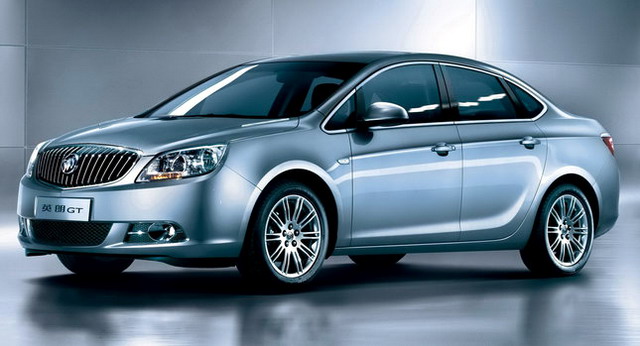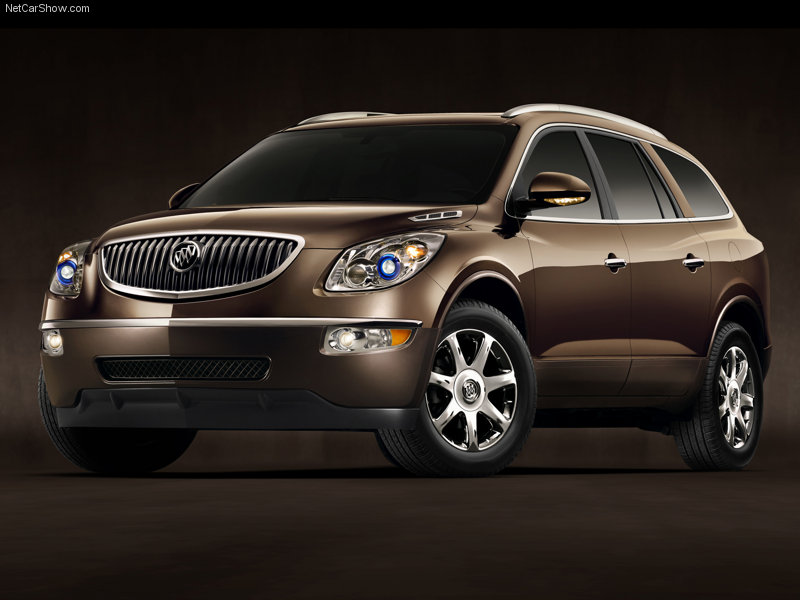By AP / Tom Krisher – Monday January 2, 2012
(DETROIT) — After hitting a 30-year low in 2009, U.S. auto sales are poised for a second straight year of growth — the result of easier credit, low interest rates and pent-up demand for cars and trucks created by the Great Recession.
The sales forecast bodes well for the industry’s continued recovery and for the broader American economy.
In 2009, Detroit automakers were in peril. Car sales plunged as unemployment soared, and loans became harder to get. Chrysler and General Motors filed for bankruptcy protection. Ford avoided bankruptcy only by borrowing billions.
Now credit is more available, interest rates are low and Americans need to replace old cars and trucks they kept during and after the downturn. Millions of drivers in their teens and 20s are expected to buy vehicles, too. That could mean more jobs, more factory shifts and overall growth.
Vince Powell, a retiree from Winfield, Pa., recently traded in his wife’s 7-year-old Chrysler 300 luxury sedan for a 2011 model. The old car had 145,000 miles on it, but it was the deal he got that most attracted him: a low interest rate (2.7 percent per year), a six-year loan term and a big discount off the $31,900 sticker price.
“I’m getting a $300 per month payment,” he said just before closing the sale at Beaver Motors in Beaver Springs, Pa., near Harrisburg. “I’ve never had a new car for 300 bucks a month.”
In their effort to survive, all three automakers downsized and positioned themselves to turn profits — even if sales remained depressed. Now that sales are rising, the outlook has brightened considerably.
Automakers report U.S. sales for 2011 on Wednesday. When final figures are calculated, sales of new cars and trucks are expected to reach 12.7 million, up from 11.5 million in 2010 and 10.4 million in 2009, the worst year since 1982.
In 2012, they could climb as high as 13.8 million, close to what experts consider a healthy market — around 14 million.
December sales could reach an annual rate of 13.4 million, which would make it the second-strongest month of the year. Only November was better. Auto website Edmunds.com forecasts a 37 percent rise in sales at Chrysler Group LLC in December, thanks to new and revamped products such as the Jeep Grand Cherokee SUV and the Chrysler 200 midsize sedan.
Carmakers have announced plans to crank up factories and add thousands of jobs. Last January, Ford said it would hire 7,000 workers over the next two years. During the summer, GM said it would add 2,500 at the Detroit factory that makes the Chevrolet Volt electric car. Volkswagen hired 2,000 for a new plant in Tennessee, and Honda added 1,000 in Indiana. The industry will add 167,000 jobs by 2015, a 28 percent increase over current levels, predicts The Center for Automotive Research in Ann Arbor, Mich.
During the summer, the auto industry was adding jobs at a faster pace than airplane manufacturers, shipbuilders, health care providers and the federal government. It kept adding jobs even when the national unemployment rate rose above 9 percent, Standard & Poor’s downgraded U.S. debt for the first time and the stock market tumbled.
Government estimates show Americans spent roughly $40 billion more on new cars and trucks in 2011 than in 2009. Based on annualized figures from the first quarter of 2011, new-car spending totaled $206 billion, or 1.3 percent of the gross domestic product, Commerce Department data shows. That compares with $166 billion in 2009, about 1.2 percent of the country’s economy.
And the momentum in auto sales is likely to continue because people need to replace aging cars, said Jeff Schuster, senior vice president of forecasting for LMC Automotive, an automotive consulting company in Troy, Mich. The average American car is now 11 years old.
U.S. auto sales peaked at 17 million in 2005, when Detroit’s automakers were much bigger and overproduced cars that they were forced to discount heavily. Sales could eventually reach that level again around 2018, said Schuster, because of 70 million so-called millennials born between 1981 and 2000 who need to set up households and buy cars.
Other trends emerged in 2011. Many people bought smaller vehicles as gas prices hit a record average of $3.53 per gallon. Fuel-efficient compact cars, which have been vastly improved by automakers, are likely to unseat the midsize sedan as America’s favorite passenger car for the first time in 20 years.
At the other extreme, pickups rebounded as businesses started to replace older trucks. Sales for the year were expected to rise 11 percent, and Ford’s F-Series will remain the country’s top-selling model, a title it has held for more than three decades.
For much of the year, U.S.-based automakers took advantage of Japanese car shortages to increase sales, especially in the compact car segment normally dominated by the Honda Civic and Toyota Corolla. Japanese companies ran short of popular models after an earthquake and tsunami disrupted production in Japan in March.
Ford, GM and Chrysler saw their combined share of the U.S. market rise by 200,000 cars and trucks between the end of 2010 and November, 2011. The Detroit Three’s market share rose from 45.1 percent last year to 47 percent through November of last year. At the same time, Honda’s share fell 1.6 percentage points to 9 percent, while Toyota’s dropped 2.5 percentage points to 12.7 percent.
Schuster expects Japanese carmakers to take back some of the sales they lost.
Geoff Pohanka, who runs a chain of car dealers in the Washington area, said his December has been strong, thanks especially to the restocking of cars at his Honda and Toyota showrooms. He predicts Japanese car companies will offer incentives to regain lost sales.
Read more: http://www.time.com/time/business/article/0,8599,2103519,00.html#ixzz1iPDd1Vs9


